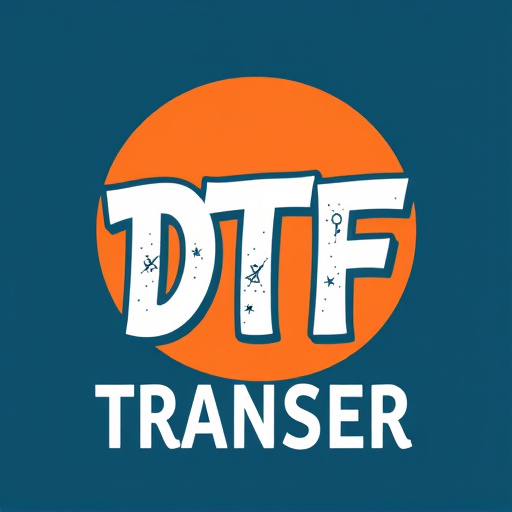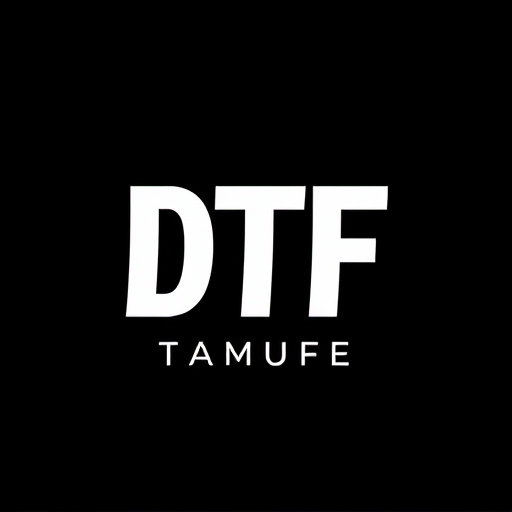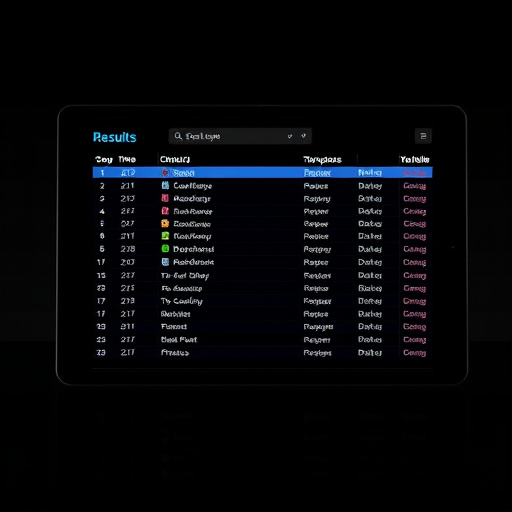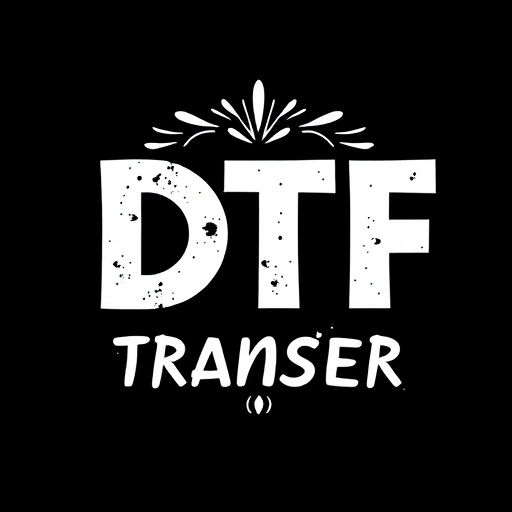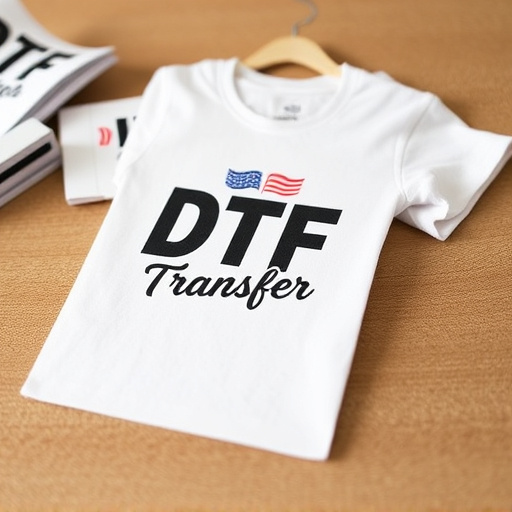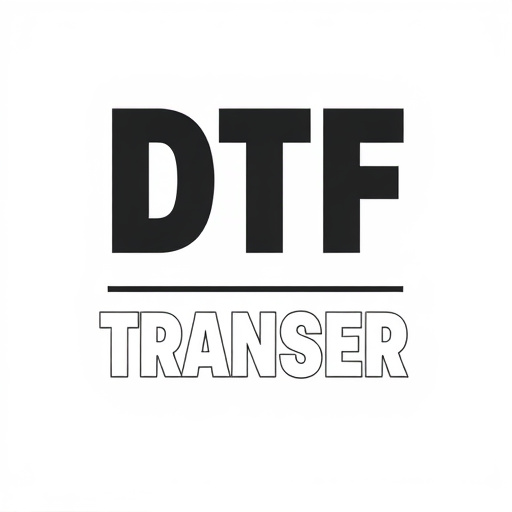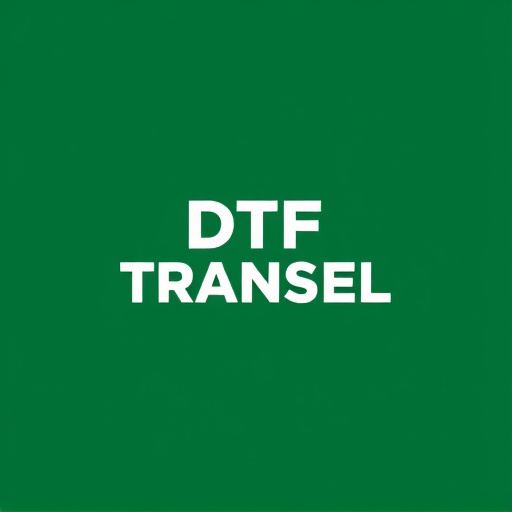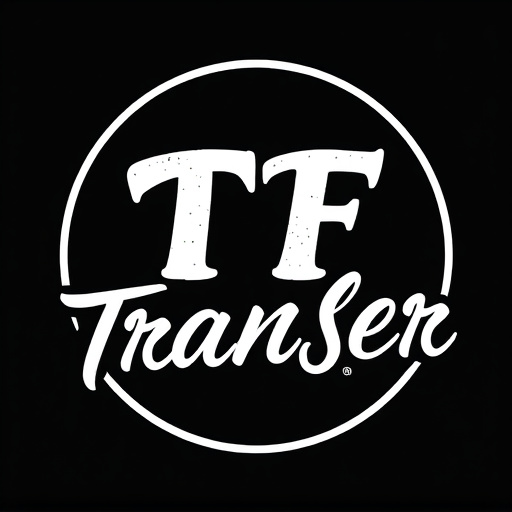Direct-to-Film (DTF) technology is a groundbreaking shift in film distribution, enabling high-quality replication of content directly onto media like DVDs or Blu-ray discs. With swift production times, cost savings, and enhanced flexibility, DTF allows businesses to meet market demands with consistent quality. It's transforming access and sharing of films, benefiting distributors and enthusiasts alike. DTF offers resellers powerful tools for product customization, ensuring high print quality and vibrant colors. Choosing a reputable vendor with experience and diverse services is crucial for optimal results. Case studies show DTF's effectiveness in enhancing brand visibility and customer engagement across sectors. The future of DTF includes advanced systems, sustainability efforts, and immersive audio technologies, solidifying its role in media distribution.
Direct-to-film (DTF) transfers are transforming the way businesses handle film content. This cutting-edge technology allows resellers and enterprises to convert films directly into digital formats, opening doors for enhanced distribution and accessibility. By eliminating traditional intermediates, DTF offers unparalleled efficiency and cost savings. In this comprehensive guide, we’ll explore the benefits of DTF, delve into its implementation process, and highlight successful case studies, while also looking ahead to emerging trends in this revolutionary technology.
- Understanding Direct-to-Film (DTF) Transfers: A Quick Overview
- Benefits of DTF for Resellers and Businesses
- How DTF Transfers Work: The Process Explained
- Choosing the Right Vendor for Your DTF Needs
- Case Studies: Successful DTF Implementations
- Future Trends in Direct-to-Film Technology
Understanding Direct-to-Film (DTF) Transfers: A Quick Overview
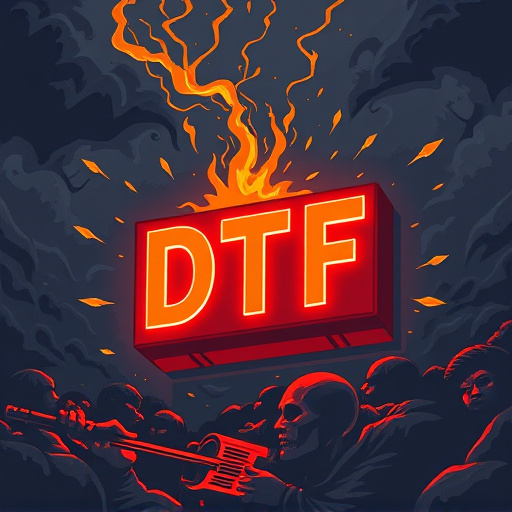
Direct-to-Film (DTF) transfers are a cutting-edge technology that allows for high-quality replication of film content directly onto various media, such as DVD or Blu-ray discs. This process eliminates the need for intermediate steps in the traditional filmmaking and distribution chain. With DTF, films can be transferred digitally, preserving their original format, resolution, and quality. This method is particularly beneficial for resellers and businesses looking to offer film fans a wide range of titles without the complexities of traditional printing and pressing methods.
DTF offers several advantages, including faster production times, cost-effectiveness, and enhanced flexibility. It enables businesses to quickly respond to market demands, as films can be replicated on-demand. Moreover, DTF transfers ensure consistent quality, minimizing the risks associated with imperfections often seen in physical media replication. This technology is a game-changer for distributors and enthusiasts alike, revolutionizing how films are accessed and shared.
Benefits of DTF for Resellers and Businesses
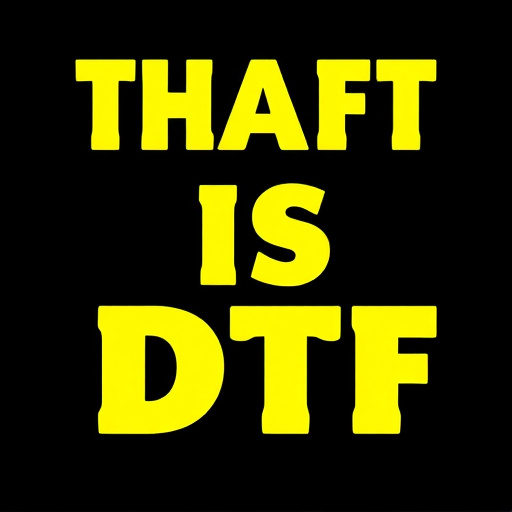
Direct-to-film (DTF) transfers offer a range of benefits for resellers and businesses looking to enhance their product offerings and customer experiences. One of the key advantages is the ability to provide high-quality, on-demand printing services. This means that retailers can offer unique, personalized items without the need for large inventory investments or lengthy production times.
Additionally, DTF technology allows for exceptional print quality and vibrant colors, ensuring that final products look stunning and meet customer expectations. It also enables businesses to easily adapt to changing market trends and demands by swiftly producing custom designs and limited-edition items. This agility can be a significant competitive advantage in today’s fast-paced retail environment.
How DTF Transfers Work: The Process Explained
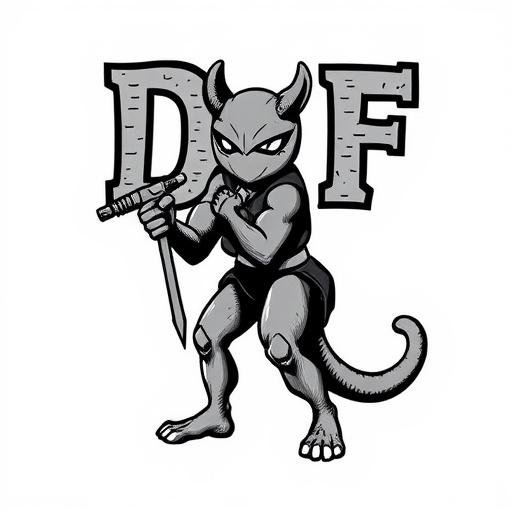
Direct-to-film (DTF) transfers offer a cutting-edge method for businesses and resellers to access high-quality film prints. The process begins with digital content, which is then converted into a format compatible with specialized printing equipment. This technology enables the direct transfer of images or videos onto various media, such as plastic or metal, creating an exact replica of the original file.
The DTF method ensures precise color reproduction and sharp details, making it ideal for showcasing graphics, branding, or even archival purposes. Once the transfer is complete, businesses can further customize their products by cutting, finishing, or adding additional layers. This innovative approach streamlines production, offering resellers a quick and efficient way to offer unique, personalized items to their customers.
Choosing the Right Vendor for Your DTF Needs

When selecting a vendor for direct-to-film (DTF) transfers, it’s crucial to consider several factors. Look for a provider with extensive experience and a proven track record in the industry, ensuring they can deliver high-quality results consistently. Reputable vendors should offer a wide range of services tailored to meet your business’s unique requirements, from file format compatibility to print quality standards.
Additionally, check their turnaround times and customer support. Efficient DTF transfer services understand the urgency of film releases and will prioritize timely deliveries without compromising on quality. Reliable customer support is also vital; they should be readily available to address any concerns or queries you may have throughout the process.
Case Studies: Successful DTF Implementations
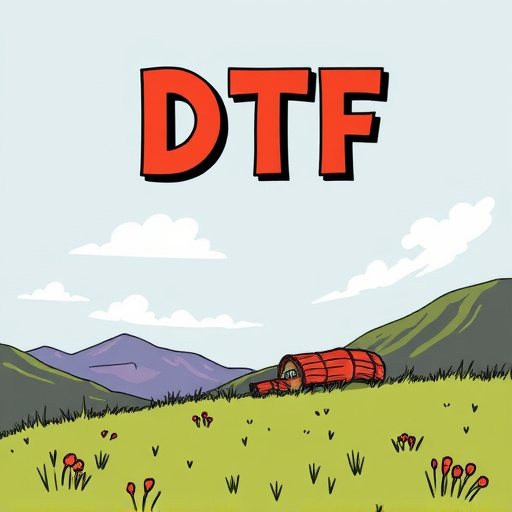
Direct-to-film (DTF) transfers have proven to be a game-changer for many businesses, revolutionizing their printing and branding strategies. Case studies from various industries highlight the success of this technology. For instance, a small local coffee shop used DTF to create custom cups, significantly boosting their marketing efforts. By designing unique patterns and messages directly on the cups, they attracted customers and fostered brand loyalty.
In another scenario, a large retail company adopted DTF for in-store signage, achieving remarkable results. The technology enabled them to produce high-quality, personalized posters and banners, enhancing the shopping experience. This approach not only increased customer engagement but also allowed for dynamic store branding, adapting to seasonal trends and promotions effortlessly.
Future Trends in Direct-to-Film Technology

The future of direct-to-film (DTF) technology looks promising, with innovations that could reshape the industry. One notable trend is the increasing demand for high-quality, on-demand film transfers, driven by streaming services and a rise in niche audiences. This shift requires advanced DTF systems capable of delivering superior image and sound quality, catering to various screen sizes and formats.
Additionally, sustainability is becoming a key focus in DTF technology. Environmental concerns are prompting developers to explore eco-friendly alternatives for film production and disposal. As consumers become more conscious of the environmental impact of media consumption, these sustainable practices could gain traction. Moreover, advancements in 3D and immersive audio technologies offer exciting possibilities for enhancing the cinematic experience, further solidifying DTF’s place in the future of media distribution.

